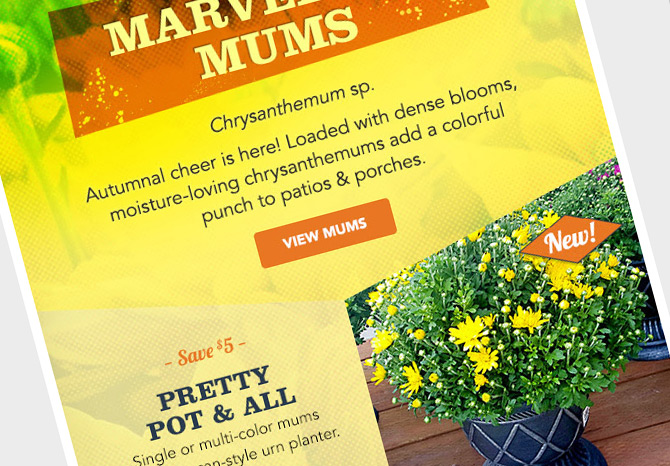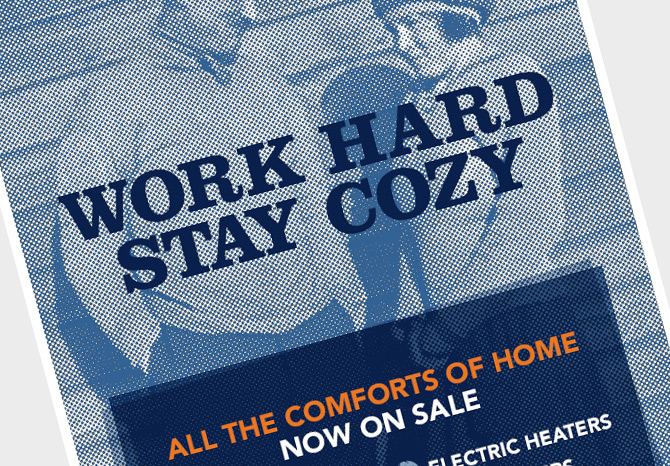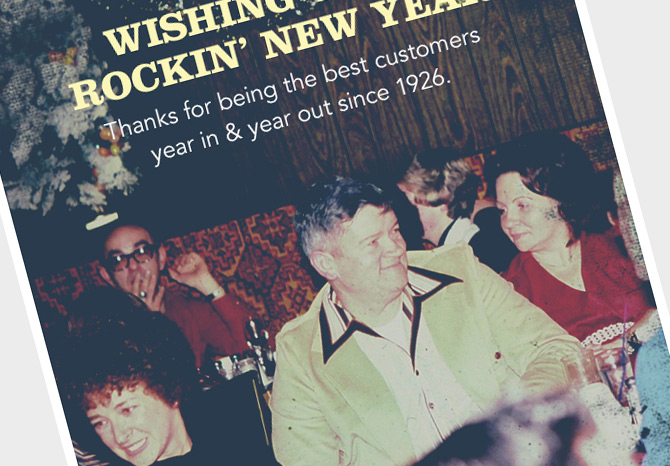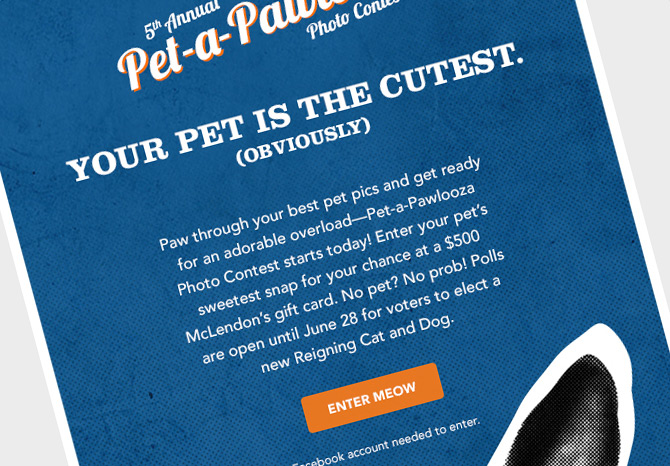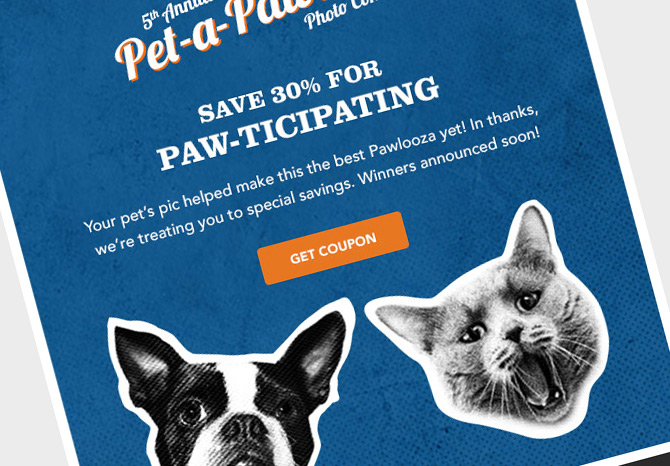...............................................................................................................................................................................................................................................................
EMAIL MARKETING - MCLENDON HARDWARE
EMAIL DESIGN PROCESS
DISCOVERY:
The first step in building an email campaign is understanding what the email will be about and establishing a focus for the hero message and possible sub messages. The message could be anything from a product promotion, sale, or relaying company information like events and announcements. Often this means working with a buying team or the head of buying to establish the message. This information is then compiled into an email brief which acts as summary of the whole email message. The email brief can also contain things like where CTAs will link to, products to feature, pricing and savings info.
RESEARCH: It is important to gather information about the know information. For example if we know that product X will be in the email then we can gather an assortment of possible pictures of the product. We can find out what makes the product important or special. We can interview a buyer of the product to find out what that product means to them and the consumer.
Another important part of the research process is to look at related examples done ether by competitors or previously established promotions. Gathering some examples of what has previously been established will help to shape the concept.
During the research process for a hiring email campaign I came up with some examples which had potential:
CONCEPT: From the information and assets gathered in the research process, some guidelines like tone and mood can be established by asking questions such as: is the content joyful, humorous, inviting, formal or casual? I also ask questions like how does the company want the user to feel after they see the message?
Here is where the brainstorming comes in. Where we start to compare what we know about the concept with other things that exist in the same industry, culture or lifestyle. We can develop some unique associations that can come in the form of a play on words or a play on image or even an emotion. I like to write these ideas down, ideally using a whiteboard so I can see the whole concept come to life as I transition from concept to sketching.
SKETCH: I then start to visualize how the concept I am working on looks and how the elements can exist in a symbiotic relationship. I explore a number of different concepts before choosing a few which best meet the objective and can be brought to production.
Here is an example of a wireframe style sketch I did for a hiring campaign where the concept was Join The Family.
PRODUCTION: In the production stage I start choosing colors. I bring a number of the most prominent elements into the design like the hero image or background image, headlines, subheadlines. I will often use an outline for body copy just to get a feel for where elements can align. With many of my elements on the canvas, I begin to copy the sketches I made to establish a layout. With my layout established I explore the spatial relationships of elements and positive negative relationships. I repeat this process as many times as it takes until I have a solid design which best delivers on the concept.
Here is a production concept for our hiring email campaign:
RESEARCH: It is important to gather information about the know information. For example if we know that product X will be in the email then we can gather an assortment of possible pictures of the product. We can find out what makes the product important or special. We can interview a buyer of the product to find out what that product means to them and the consumer.
Another important part of the research process is to look at related examples done ether by competitors or previously established promotions. Gathering some examples of what has previously been established will help to shape the concept.
During the research process for a hiring email campaign I came up with some examples which had potential:
CONCEPT: From the information and assets gathered in the research process, some guidelines like tone and mood can be established by asking questions such as: is the content joyful, humorous, inviting, formal or casual? I also ask questions like how does the company want the user to feel after they see the message?
Here is where the brainstorming comes in. Where we start to compare what we know about the concept with other things that exist in the same industry, culture or lifestyle. We can develop some unique associations that can come in the form of a play on words or a play on image or even an emotion. I like to write these ideas down, ideally using a whiteboard so I can see the whole concept come to life as I transition from concept to sketching.
SKETCH: I then start to visualize how the concept I am working on looks and how the elements can exist in a symbiotic relationship. I explore a number of different concepts before choosing a few which best meet the objective and can be brought to production.
Here is an example of a wireframe style sketch I did for a hiring campaign where the concept was Join The Family.
PRODUCTION: In the production stage I start choosing colors. I bring a number of the most prominent elements into the design like the hero image or background image, headlines, subheadlines. I will often use an outline for body copy just to get a feel for where elements can align. With many of my elements on the canvas, I begin to copy the sketches I made to establish a layout. With my layout established I explore the spatial relationships of elements and positive negative relationships. I repeat this process as many times as it takes until I have a solid design which best delivers on the concept.
Here is a production concept for our hiring email campaign:
...............................................................................................................................................................................................................................................................


